Washington & Jefferson College Hosts March 7 Webinar On The Future Of Carbon Capture
PA Environment Daily
MARCH 3, 2024
Dr. Leubke will explain the basics of carbon capture and storage (CCS) and how both point-source CCS and direct air capture (DAC) can help the U.S. reduce its carbon dioxide (CO2) atmospheric levels. He spent 12 years as a carbon capture researcher at the NETL before leaving in 2014 for entrepreneurial ventures.



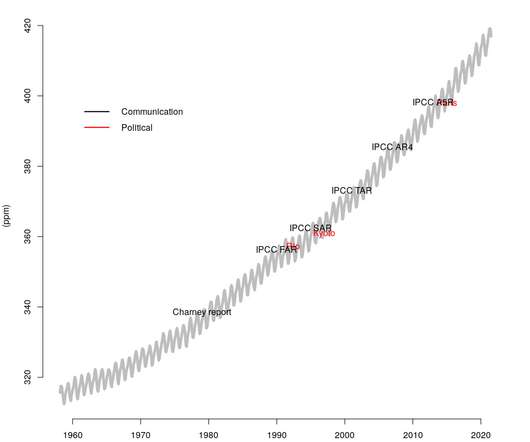
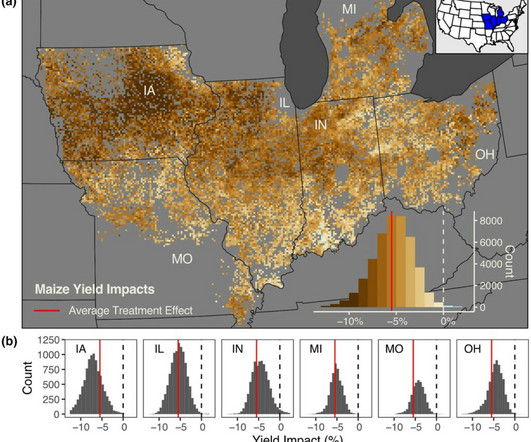
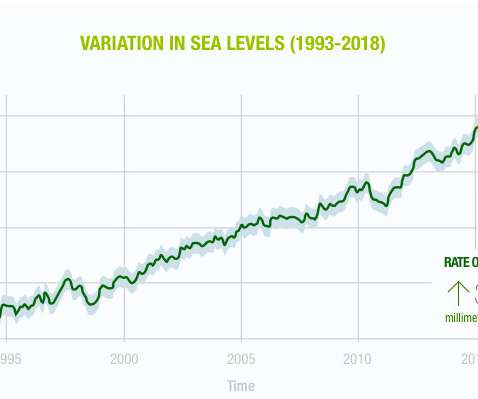

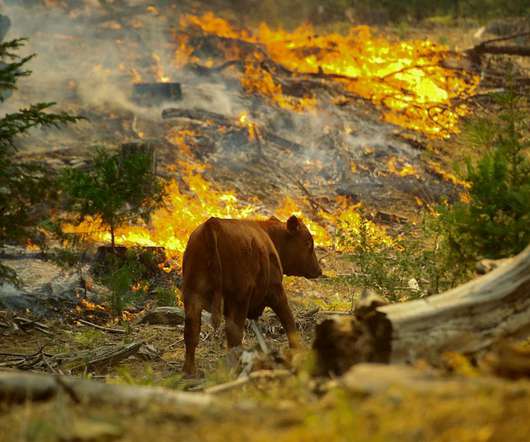
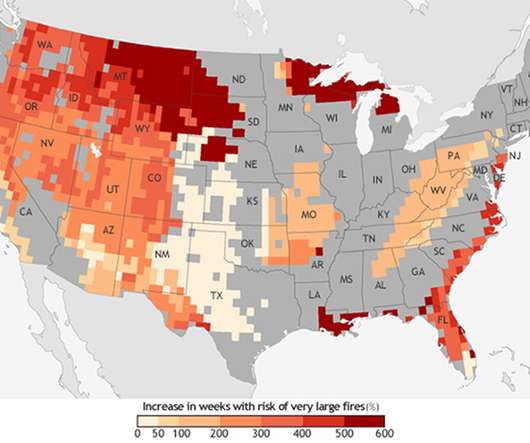
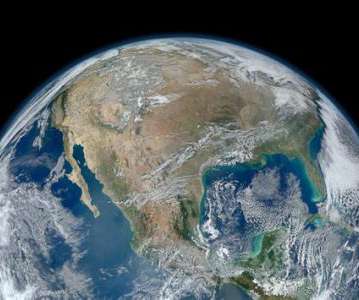


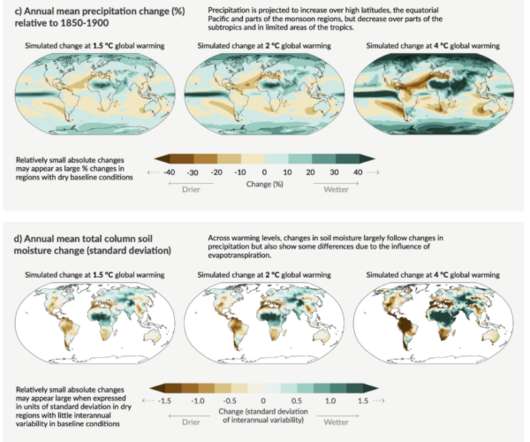
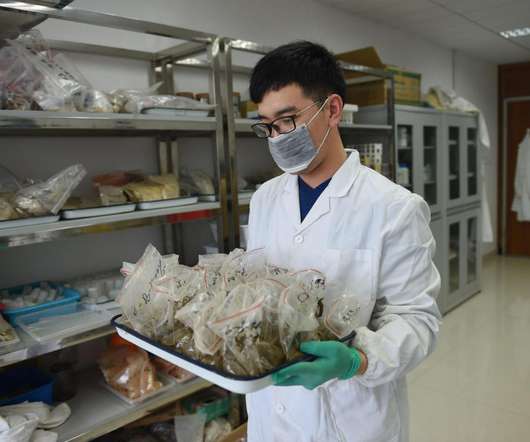
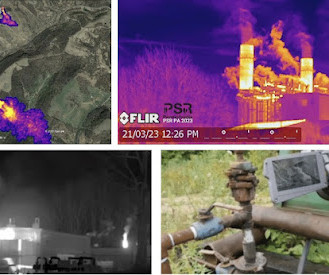

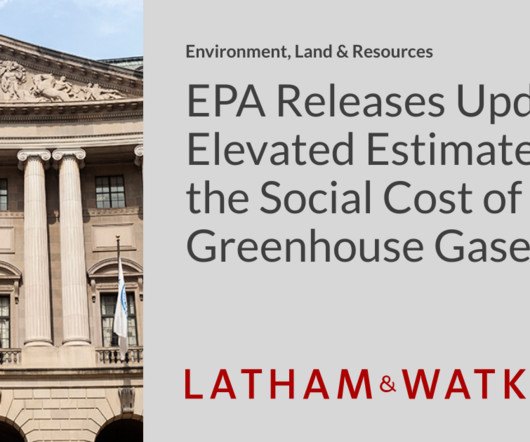











Let's personalize your content